


x
'Interspecies Kin'
2022
At Spazio Volta, Bergamo
Critic text by Federica Torgano
We are ubiquitously surrounded by plastic, in a relationship of paradoxical antagonism. The situation is such that the term plastisphere has been coined to indicate the pervasive dispersion of artificial plastic on the planet. But the ecosystem into which Giovanni Chiamenti drags us, that within his exhibition Interspecies Kin, is already changing to adapt to this invasive presence.
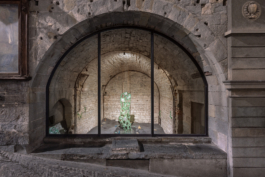
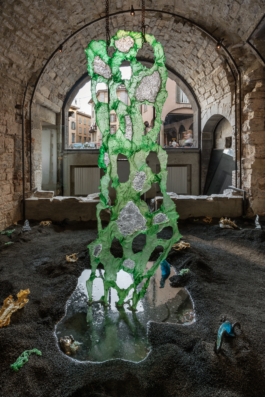
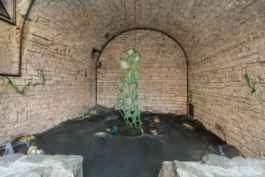

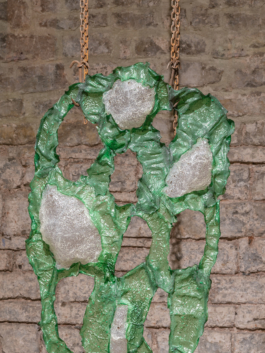
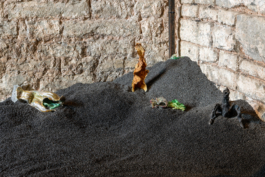
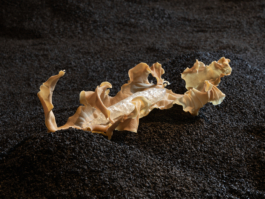
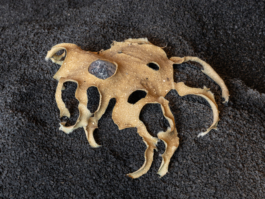
'Interspecies Kin'
2022
At Spazio Volta, Bergamo
Critic text by Federica Torgano
We are ubiquitously surrounded by plastic, in a relationship of paradoxical antagonism. The situation is such that the term plastisphere has been coined to indicate the pervasive dispersion of artificial plastic on the planet. But the ecosystem into which Giovanni Chiamenti drags us, that within his exhibition Interspecies Kin, is already changing to adapt to this invasive presence.








Photos by Riccardo Giancola